Modern designer radiators are created so that homes benefit from a stylistic point of a view in addition to its main function. These radiators come in all shapes and sizes and some are created to meet the specific needs of homeowners.
But if we look past the style, luxury, and comfort, we need to examine how energy-efficient modern designer radiators are. So if that’s something that interests you, make sure to continue reading.
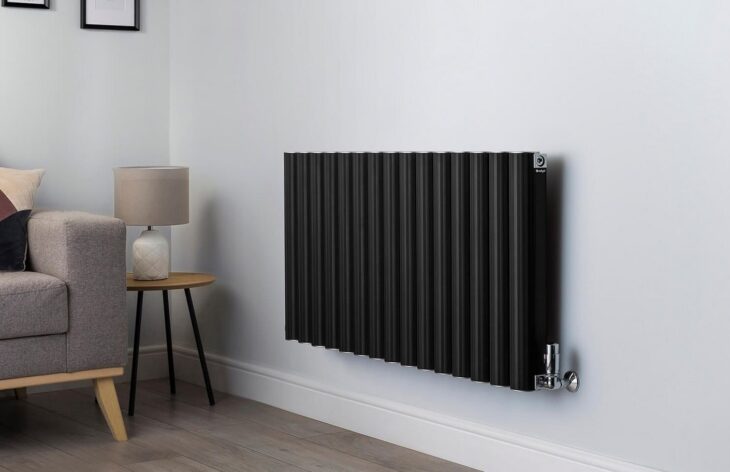
Source: Geyser Designer Radiators
Contents
Energy-Efficiency and Size
The first aspect of energy-efficiency has to do with the size of the thing. For much larger homes with bigger rooms, size does indeed matter. However, the designer radiator must meet the needs of the home.
The correct size can accommodate all of your heating needs. In addition, an energy-efficient unit will make sure that no energy is wasted.
The general rule of thumb is to design larger units to be more efficient. This stems from the need to cover a much larger area. The units themselves also have more water inside them. What this means is that the water needs to be warm, but not as warm as smaller units.
Doing this saves you plenty of money on your heating bill.
Now that we’ve said all that, let’s examine the many types of designer radiators and how efficient are they.
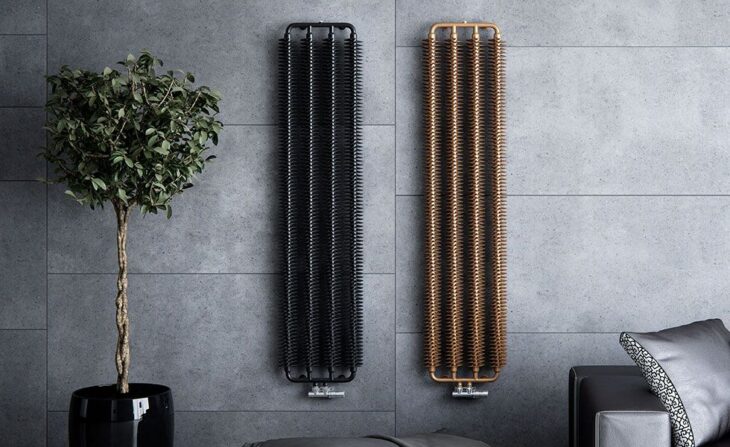
Source: Homebuilding & Renovating
Aluminum Units
Each type of radiator is made out of different materials. And the first material that we will go through is aluminum. At the base of it, aluminum is an excellent conductor. This means that the unit will heat up much faster and will use less energy to do so.
Compared to other types, aluminum is an excellent choice for both smaller and larger units. What makes aluminum radiators so good is the fact that they require less water. Since water needs to be heated up by your central heating system, aluminum units will achieve optimal temperatures in a much shorter time. This saves you hundreds of dollars on your heating bill.
And if we look at this option from an environmental point of view, aluminum is both friendly and easy to recycle.
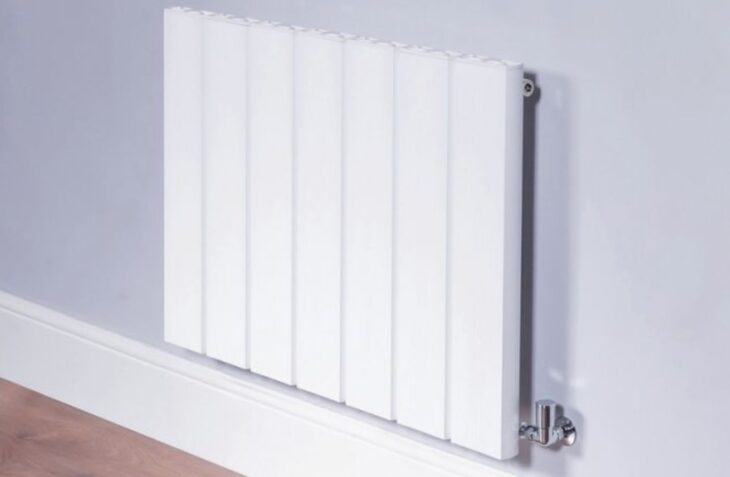
Source: Trade Radiators
Electric Units
People have mixed feelings about electric types and whether they are as energy-efficient as other types. Both sides bring valid points to the conversation, so let’s look at that.
Homeowners say that electric units rack up the heating bill much more than other types of radiators. The comparison is mostly made with water-based radiators.
With water-based radiators, the water has to go through many pipes to reach the unit. This actually makes them more inefficient than electrical units as plenty of heat is lost as the water travels through the pipes.
With electrical units, you simply plug it in and turn it on. The reason why many consider electrical units to be the most energy-efficient designer radiators is that nearly all of the energy used is converted into heat.
But if we are to give you a precise and accurate answer as to whether or not they are the most energy-efficient types out there, we do have to take a look at the cost of electricity. Countries have different prices of electricity. Electricity is much more expensive in certain countries; much more than gas. If you happened to live in one such country, then electric radiators will not be the most energy-efficient option to heat up your home.
Regardless of what type of radiator you plan on getting, you must choose one that will complement your home. So if you’re looking to buy modern, traditional, or contemporary radiators, make sure to visit www.featureradiators.co.uk.
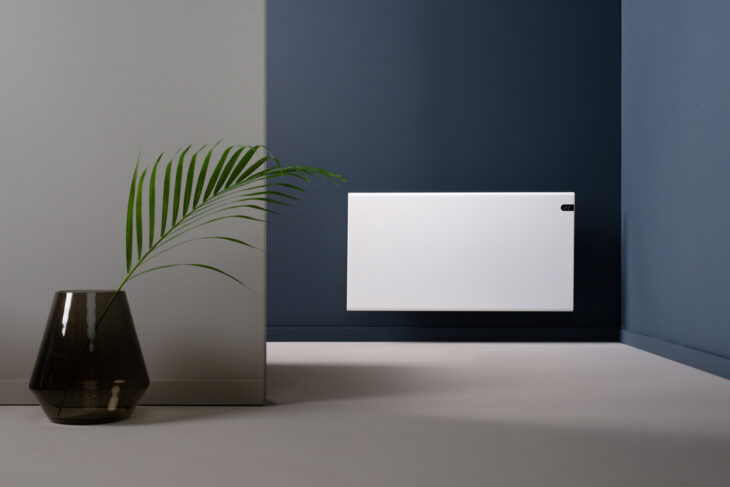
Source: Adax
Dual Fuel Units
The main use of dual fuel radiators is to serve the same purpose but in different seasons. The main inefficiency issue water-based units have is the constant loss of heating as the water travels to the unit.
This isn’t really a problem if you need to heat up every room in your home. It does become an issue if you need to heat a single room. And while this also isn’t a problem during the winter months, it’s the summer months that certain homes face an issue.
Although it sounds quite crazy to run your radiator during the summer months, certain homes do in fact need it. When this is the case, it’s better to power up your electrical unit than your water-based one.
And this is where dual-fuel units come into play. They can be easily shifted from water to electricity and thus improve your home’s energy efficiency.
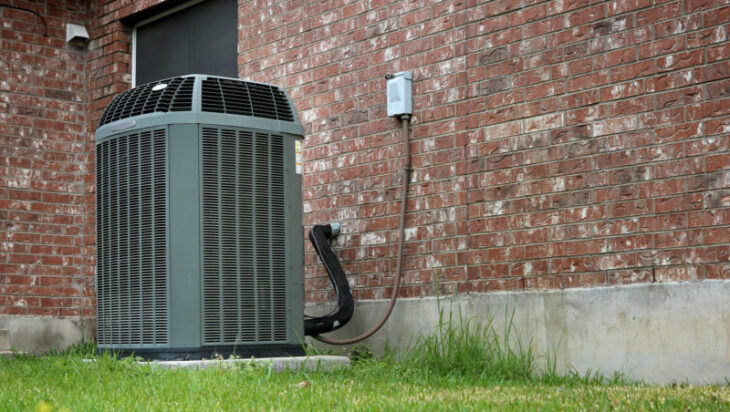
Source: Horne Heating and Air Conditioning
Double Panel Units
Double panel units are almost always considered as large radiators as they have two panels instead of one. These two panels equally distribute energy and have a much higher heating output than a single panel unit. This makes them much more energy-efficient.
The biggest strength of double panel radiators is their size. While they might not seem big, the two panels have the same heating output as a larger unit. But unlike a larger unit, they’re much smaller and thus they save you plenty of space. This means you can put a double panel unit in a much smaller room.
Another strength is their size. Although we talked extensively about size, we must take into account the actual size of the unit. You can find big and small double panel units. Smaller units have a much bigger heating output than smaller single panel units.
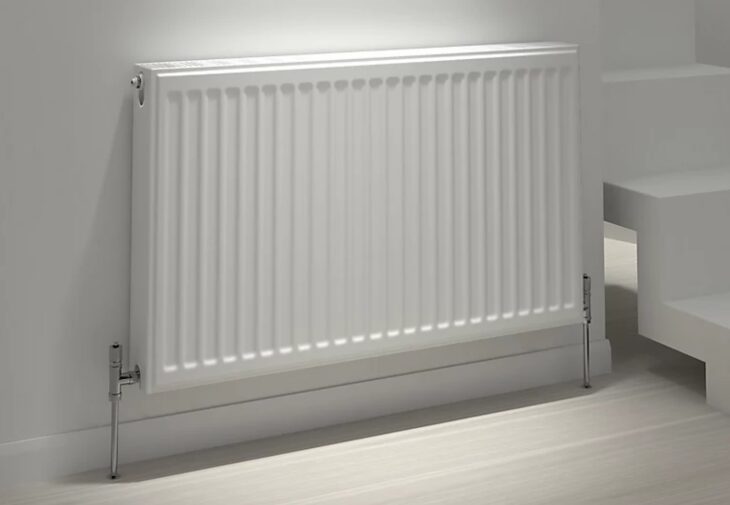
Source: B&Q
How To Maintain Energy Efficiency Across Designer Radiators?
Now comes the question of how to make your designer radiators even more energy efficient? Well, let’s take a look at that.
Untrap Air
There is a term in the industry called “bleeding your radiators”. What this means is you essentially untrap trapped air that causes cold spots. Air can quite easily get trapped so you must bleed your designer radiator.
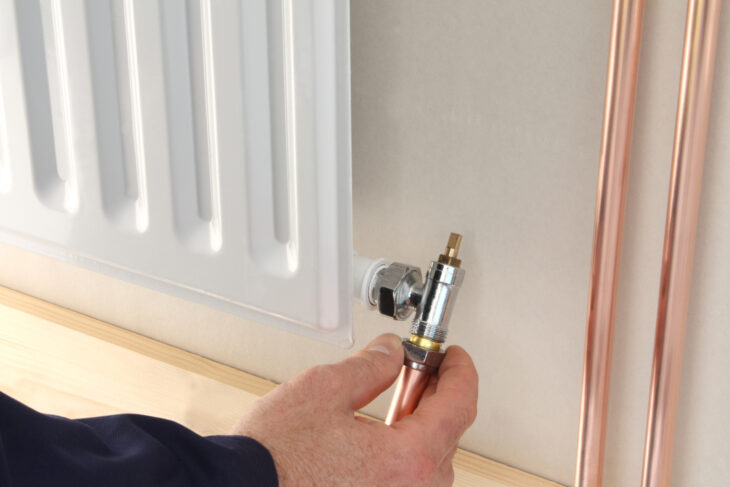
Source: VASCO
Flush Them
As well as air, dirt or rust can also get trapped inside the unit. But unlike air, as it stays in the spot that it is trapped, dirt and rust sink to the bottom. This is quite problematic as it will prevent water from free-flowing inside the unit. This makes your unit quite energy-inefficient. Flushing is an excellent way to solve this issue.
